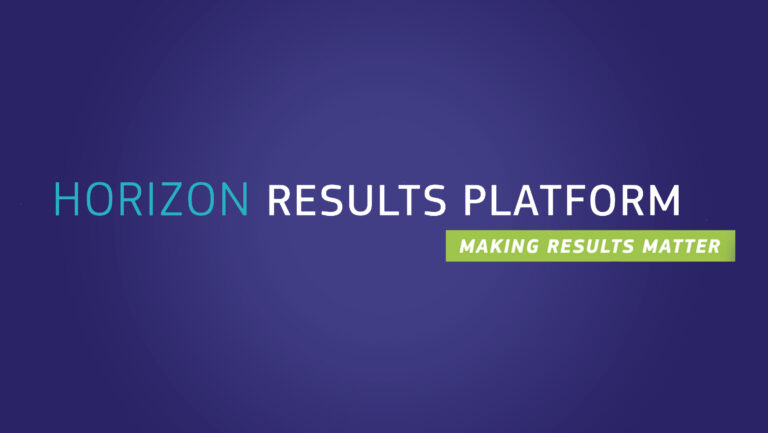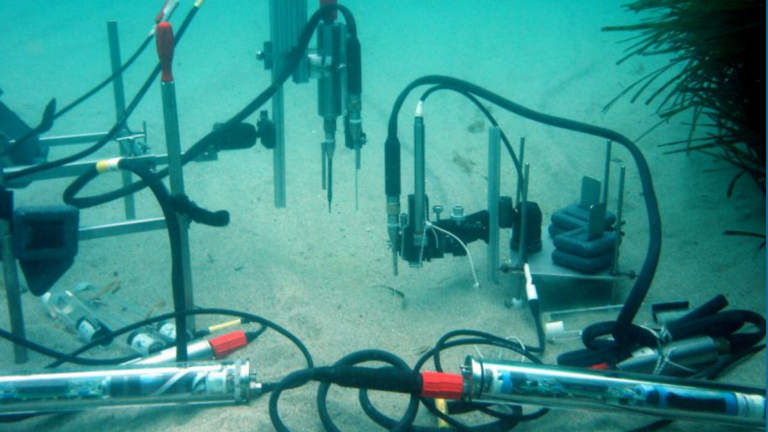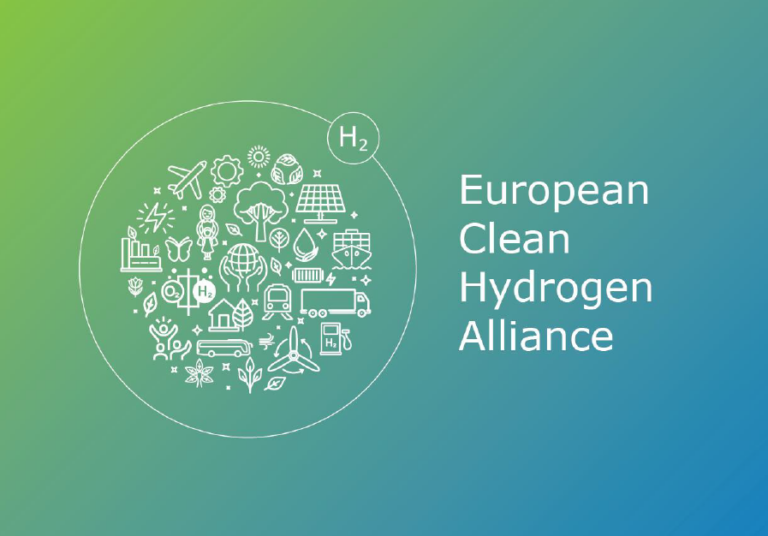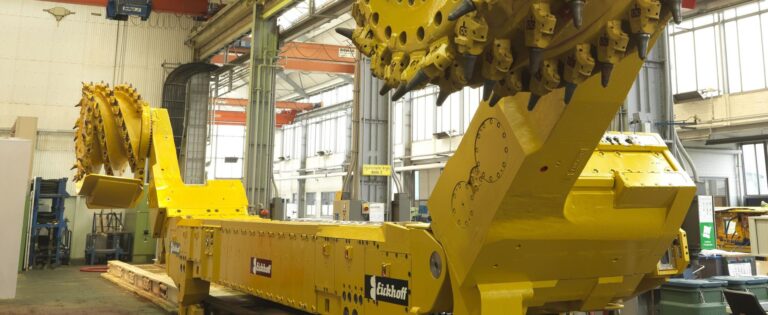Add to favorites:
Share:
Expected Outcome
The emergence of a Carbon Capture and Storage (CCS) value chain in the European Union and Associated Countries is currently being hampered by a lack of a clear pathway to mature CO2 storage sites. In the Net Zero Industry Act regulation (NZIA), the EU has defined the objective that at least 50 million tonnes of CO2 per year can be stored geologically by 2030, in storage sites located in the territory of the European Union, its exclusive economic zones or on its continental shelf within the meaning of the United Nations Convention on the Law of the Sea (UNCLOS) and which are not combined with enhanced hydrocarbon recovery. There is a need to understand if current storage development is enough to meet EU storage requirements defined in the NZIA.
Project results are expected to contribute to the following expected outcome:
- Enhanced availability of CO2 storage sites and transparency about potential CO2 storage and injection capacity and infrastructure, including in relation to geomechanical characteristics and pressure interference from neighbouring storage projects, which can support market operators to plan their investments and enable the implementation of large-scale storage hubs connected to shared CO2 transport infrastructure.
Scope
The project is expected to produce a digital atlas of ‘investable’ underground storage space for CO2 in the EU and Associated Countries. The European CO2 Storage Atlas[1] currently under revision and being updated by the GSEU project[2], including estimated capacity and storage readiness level, presents a good basis, but also shows that data gaps need to be closed, and access to the necessary data during project implementation will be crucial. The Commission's Energy and Industry Geography Lab[3] can also be used. Proposals are expected to include the following:
- Identify and assess with a harmonised methodology, injection and storage capacities for current and planned projects and compare with storage requirements;
- Identify key regions for future pre-licence appraisal (high estimated capacity, proximity to emitters, transport corridors), and develop plans for pre-licence appraisal, per region;
- Each potential storage site must be labelled according to its ‘storage readiness level’ in line with the storage readiness levels included in the GSEU atlas, and matched with public data to speed up the work to identify and assess the storage capacities and what is needed to mature understanding of the site. Furthermore, the identified potential storage sites should be compared and ranked by applying a common ranking scheme developed based on currently used ranking schemes and including a techno-economic assessment;
- Environmental and security aspects must be taken into account.
The proposal is expected to explicitly demonstrate the capacity to have access to the necessary data during the implementation of the grant. Cooperation with relevant national and/or regional actors in the management of the subsurface, such as geological surveys or competent authorities, will be key.
[1] European CO2 storage database - European Commission (europa.eu)
[2] GSEU (geologicalservice.eu)
[3] Energy and Industry Geography Lab - European Commission (europa.eu)
Partner Requests
Explore Real Collaboration Opportunities
🔍 As a logged-in member, you now have exclusive access to all active Partner Requests for this Funding Call.
See who’s looking for collaborators, explore exciting project ideas, and discover how others are planning to make an impact.
💡 Use these insights to get inspired—or take the next step and start a request of your own (3 entries for free).
Log in or registrate here for free.
You must be logged in to submit or manage a partner request.
Ask our experts about this call
Connect with the Listing Owner!
💬 Please log in now to send a direct message to our experts and ask your questions. Not a member yet? Sign up for free and start connecting today!
Related Funding and Finance Opportunities
Unlock Exclusive Funding Opportunities!
🔑 Get instant access to tailored funding opportunities that perfectly match your needs. This powerful feature is exclusively available to our premium members—helping you save time, stay ahead of the competition, and secure the right funding faster.
Upgrade to Premium now and never miss an important opportunity again! Already a premium member? Log in here to explore your matches.
Related Innovation Offers
Related Knowledgebase Resources
Discover More with Premium: Related Knowledge Resources
🔒 You’re missing out on expert-curated knowledge specifically matched to this topic. As a Premium member, you gain exclusive access to in-depth articles, guides, and insights that help you make smarter decisions, faster.
Whether you’re preparing a funding proposal, researching a new market, or just need reliable information—our Premium knowledge matches save you hours of research and point you directly to what matters.
Upgrade to Premium now and instantly unlock relevant knowledge tailored to your needs! Already a member? Log in here to view your personalized content.
Access Restricted
This funding opportunity is only fully available to premium members.























